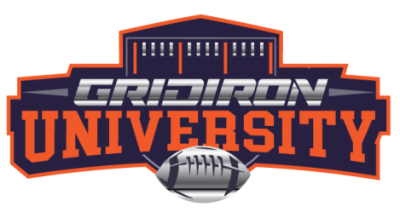
The NCAA was created in 1906 largely to protect college football players in the early days of the sport. Today, the mission of the organization is to see that 450,000 student-athletes in the NCAA’s three divisions achieve academic success, and compete in a fair, safe, inclusive and sportsmanlike manner. The NCAA distributes more than $1.5 billion in scholarships annually and oversees 89 championships in 23 different sports.
NCAA Division Breakdown
The NCAA consists of Division I, Division II and Division III. Athletic scholarships are offered only at the Division I and II levels, but Division III athletes can receive merit-based and financial need scholarships so don’t count them out during the recruiting process.
Division I
- 70,000 student-athletes at roughly 340 schools
- Represents the highest level of collegiate athletics and is highly competitive
- Full and partial athletic scholarships
Division II
- 107,000 student-athletes at nearly 315 schools
- Intermediate level of collegiate competition
- Full scholarships are rare at this level, but partial athletic scholarships are common
Division III
- 175,000 student-athletes at more than 440 colleges
- This is actually the largest division and represents 40% of NCAA athletes
- No athletic scholarships
NCAA College Recruiting
The NCAA strictly regulates the recruiting process. See below for a brief overview of college recruiting timetables. For an in-depth profile of recruiting rules download the most recent NCAA Guide for the College-Bound Student-Athlete
Division I
- Coaches start sending recruiting materials on September 1 of your junior year (except in men’s basketball and men’s hockey where coaches can begin sending printed materials on June 15 after your sophomore year).
- You can call coaches any time you want but in most sports they cannot call you until you are a junior (calls can start June 15 after your sophomore year if you’re a men’s basketball recruit).
- Off-campus contact is allowed in the summer after your junior year in most sports, but there are exceptions in men’s basketball, women’s basketball and football.
- In most sports have to wait until your senior year to start making your maximum of five official visits (men’s basketball recruits can begin official visits on January 1 of their junior year).
Division II
- Coaches can start mailing recruiting material, calling you, and making off-campus contact on June 15 before your junior year in high school.
- Unlimited official visits are allowed once your senior year starts.
Division III
- Coaches can send printed materials and call at any time.
- Off-campus contact begins after your junior year.
- You can make one official visit per college once your senior year starts.
Eligibility for NCAA Colleges and Universities
Student-athletes that plan on competing at the NCAA Division I or NCAA Division II level must register with the NCAA Eligibility Center and prove that they meet the requirements set by the NCAA.
What do you need to do now?
Now that you know more about the NCAA
